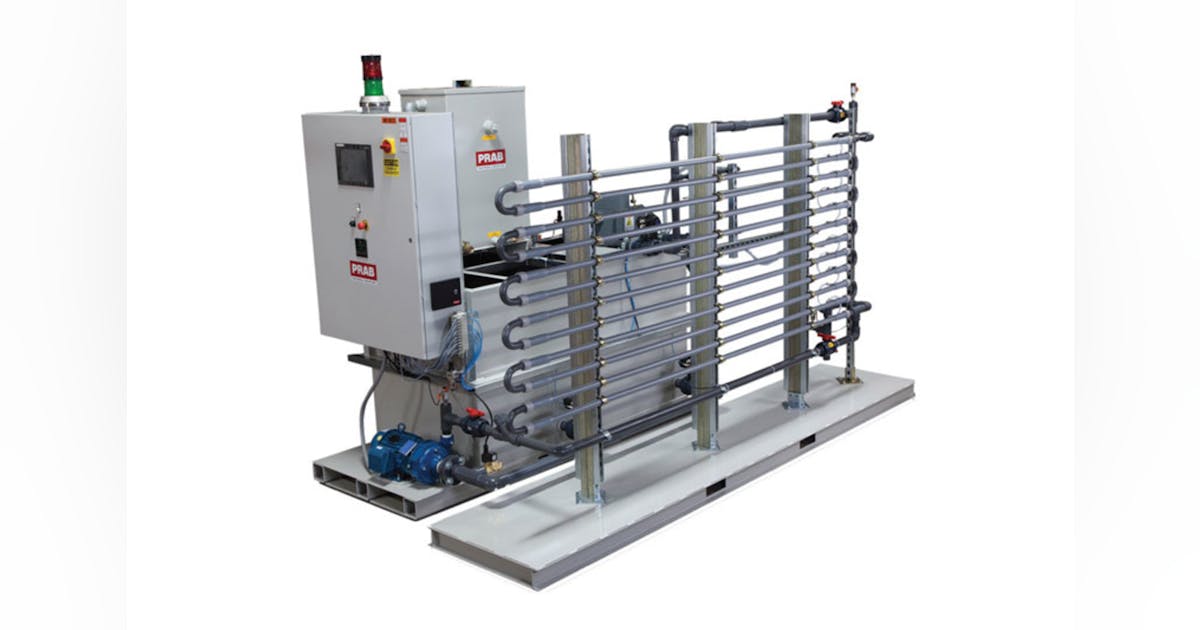Septic tank risers are often overlooked by homeowners when is time to take care of the septic system. These simple to use, but essential components make it easier to get access to your system to perform routine maintenance and inspections. By installing risers on your tank, you can eliminate the necessity of digging the ground every when a service is needed. It not only saves time and effort, it also helps to minimize disruption to your landscaping. Septic tank risers reduce the risk of accidents and injuries that might occur during maintenance activities because they offer a safe and easily accessible entry point to the tank.
Effluent management is another critical aspect of maintaining a healthy septic system. Effluent is the term used to describe the liquid waste which flows out of the septic tank to the drain field to be treated. It contains a combination of organic matter, water and bacteria. The solid particles can build up at the bottom and cause an sludge layer. If this sludge doesn’t get removed promptly, it could build up and block the system, causing backups, bad smells and possible damage to the drainfield. Regular pumping and regular treatment of effluents will ensure that your septic system is functioning effectively. This will prevent blocks and will extend the life of your system.

Septic systems function properly when they are draining correctly. If wastewater is discharged from your house and is pumped into the septic tank it goes through a natural separation process. Solid waste is deposited on the tank’s bottom, while lighter liquids and substances can float to the top creating the scum layer. The effluent (the liquid that remains within the tank) escapes and is discharged to the drain field, where it will be treated and then absorbed by the soil. A well-designed drainage system allows effluent to flow smoothly, preventing floods and back-ups. The drainage pipes have to be free of any obstructions, such as roots or debris that could hinder effluent flow. Regular maintenance and inspections of the drainage system could help avoid costly repairs as well as contamination of the environment.
Picking the right septic system for your house is an important decision which can have lasting implications for your property’s sanitation and efficiency. There are a variety of options available out there. It is important to think about a number of factors before you make your decision. The size of the tank must be determined by the amount of water used of your home and the number of people living in the house. A larger tank is essential for a larger family or for a house that is frequented by guests. In addition, you must consider the material of your tank. Plastic, fiberglass and concrete are all popular choices. Each material offers advantages and disadvantages in relation to their durability, price and maintenance. Check the local regulations and specifications for the septic tanks. It is essential to select tanks that meet the required standards and is in compliance with any guidelines specific to it.
Lastly, consult with an expert septic system installer who will evaluate your property’s needs and provide expert recommendations in light of the soil conditions and topography. By taking note of these factors in your decision-making process, you will be able to choose the septic tank that best suits your home’s requirements and will provide a safe and effective wastewater management system.
For a reliable and healthy septic system, it is vital to ensure that your tank functions properly and is maintained. It also helps to install risers, and maintain an appropriate drainage. Septic tanks function as a primary treatment for wastewater that is generated by households, while effluent control ensures that the treated liquid waste is disposed of safely. Risers make it easy to access the septic tank, making maintenance work easier and more secure. Furthermore, proper drainage permits the efficient flow of effluent, preventing the possibility of system failures or backups. Making these aspects a priority and implementing regular maintenance protocols will ensure that septic systems are environmentally eco-friendly, efficient and last a long time. This creates a healthier and safe living space.